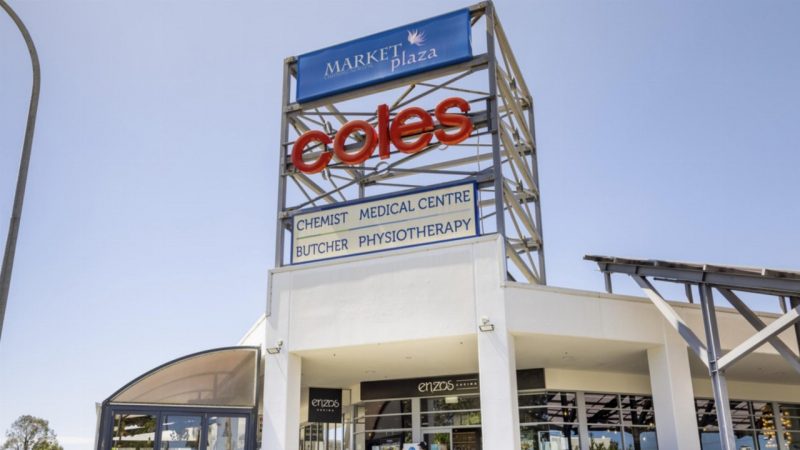- Two separate neighbourhood shopping centres have sold for a combined value of over $69 million
- According to JLL Research, $2.7 billion in neighbourhood retail centres would be traded in 2021, with fresh deals beginning in 2022
- This transaction volume represents an 81 per cent increase over the previous year and an increase of 45 per cent and 64 per cent above the five and ten-year norms, respectively
- Last year’s numbers equated to a 81 per cent uplift compared to the year prior and up to 45 per cent and 64 per cent on the five and ten year averages respectively
Two separate neighbourhood shopping centres have sold for more than $69 million, as the resurgence of COVID-19 throughout Australia highlights the performance of this type of retail asset to investors.
According to JLL Research, $2.7 billion in neighbourhood retail centres traded in 2021, trading at an 81 per cent increase over the previous year and an increase of 45 per cent and 64 per cent above the five and ten-year norms, respectively.
“The recent spike in COVID-19 case numbers is likely to re-introduce many of the trends evident over the last two years during periods of restricted movement, resulting in an increase in spending on grocery and Large Format Retail (LFR),” JLL Retail Research Senior Director Andrew Quillfeldt said.
“Although there is some economic uncertainty in 2022, consumer confidence remains positive and the household sector is in a good position to be supportive of retail spending across all categories.”
JLL’s Nick Willis and Sam Hatcher sold Coolum Park Shopping Centre in Queensland for $32.5 million in an off-market deal.
Aside from this transaction, the JLL team led by Dylan McEvoy has exchanged contracts for the sale of Market Plaza Chipping Norton in New South Wales, after a formal on-market expression of interest campaign. The centre was sold to a private investor for $37.4 million, representing a 4.75 per cent yield.
“The convenience and LRF sectors continue to attract the strongest investor interest and highest conviction given the sectors outperformance over the past 24 months,” JLL Senior Director Nick Willis said.
“The investor interest is broad; ranging from private high-net worth investors, global pension and sovereign funds and the A-REIT’s all looking to increase scale in what is a highly fragmented market.
“Supply of investment product remains a key issue for this part of the retail market, with demand drastically outweighing available supply. This imbalance will continue to drive yield compression and potential for further M&A and strategic partnerships in 2022.”

